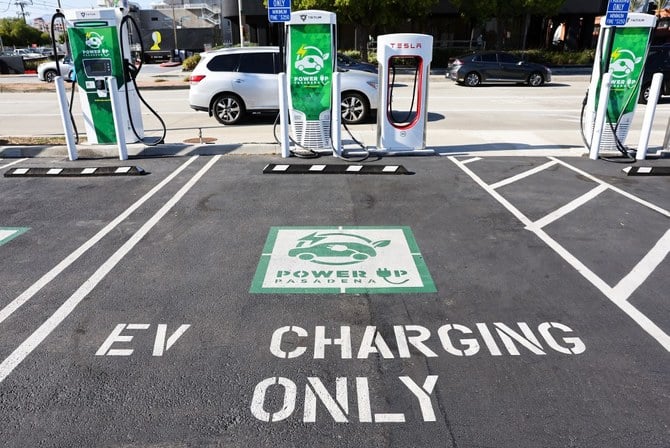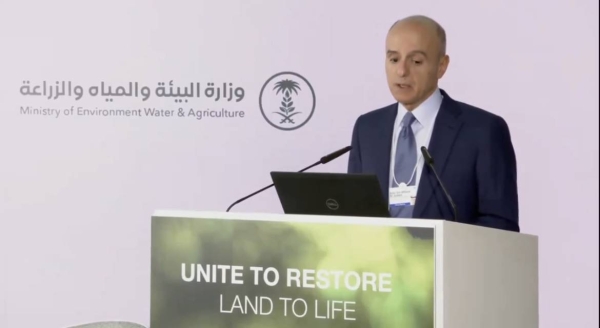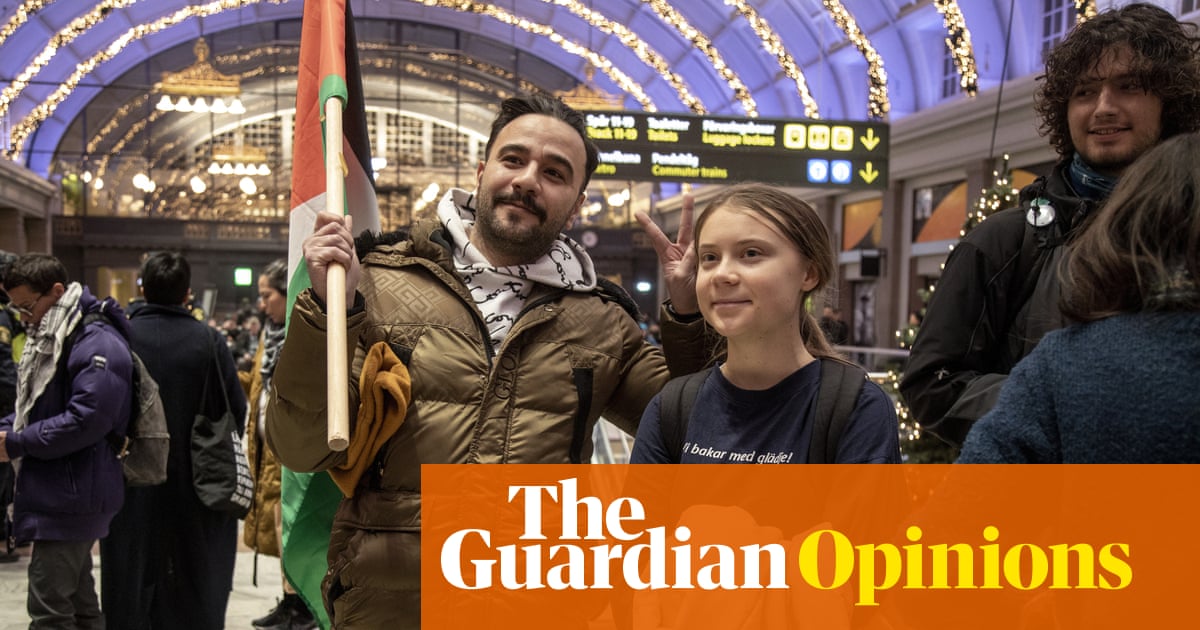
Sustainability was the big talk of the town at the annual meeting of the World Economic Forum in Davos. Greta Thunberg has become the idol of the environmentally conscious. At the same time more and more governments have set their energy transition targets. The UK wants to be carbon neutral by 2050 and Austria even by 2040. The new president of the European Commission, Ursula von der Leyen, certainly got attention when she proclaimed Europe would be the first carbon neutral continent by 2050. These are noble and lofty goals, but what does it take to get there?
Much has been said and written about the role renewable sources of energy will play to keep the warming of the planet below 1.5 degrees Celsius by the end of the century — an important goal in order to avoid the catastrophic impact of a warming planet. Renewables have been seen as the solution by many for some time. Alas, they had until recently failed to gain sufficient traction, because until recently it was relatively expensive to produce power from renewable sources of energy. That picture has changed drastically over the past 18 months. It is now possible to produce power from renewable sources of energy at a cost well below that for fossil fuels. This holds particularly true for the GCC, where sunshine is in abundance during daytime and the wind often blows at night.
It is true that the renewables sector has left in its wake a long tail of companies producing solar panels and wild mills going bankrupt. Solar panel producers in particular went from boom to bust in Germany, France, China and elsewhere. That is not surprising, because whenever we see economic revolutions — and the drive towards curbing CO2 emissions is precisely such a revolution — ups and downs are unavoidable. In times of change there will always be winners and losers. Instability among equipment suppliers was exacerbated by the fact that for a long time the renewables sector had to be underpinned by subsidies to make it economically viable.
Those days are gone, because renewable power generation has become economically competitive in its own right. This is why people such as ACWA Power CEO Paddy Padmanathan were so bullish on the sector at the Middle East Africa Summit of the Milken Institute, which took place earlier this week in Abu Dhabi. ACWA is representative for the region as far as independent power producers go: It operates in 12 countries in MEA and it will add another six over the next 10 months.
We live in a different era compared to where we were 12 months ago. Sustainability and ESG have become front and center of the global debate and with it at the core of every investment decision.
This does not take away from the fact that we need more than renewables to provide energy for the close to 8 billion people inhabiting the globe. Particularly China and India will rely on coal-fired power plants for some time to come. There is no one silver bullet when it comes to addressing climate change and the warming of the planet. This is where the circular carbon economy comes in. It is advocated by the Saudi energy minister, HRH Prince Abdulaziz bin Salman, among others. It advocates a closed loop system which reduces, renews, recycles and removes carbon.
The numbers required to keep the planet inhabitable for the generations to come are daunting, whether we look at it from an environmental or investment point of view.
Cornelia Meyer
This brings to the fore new ways of carbon capture utilization and storage (CCUS). The technology exists, but its roll-out has been slow, again because it is heavily dependent on subsidies. However, innovation is a good thing: Carbon can be captured where it is produced; alternatively, there is now the technology which can take carbon out of the air and produce CO2 where it is needed economically. This has huge implications, not least for the production of hydrogen. The technology could be an interesting proposition both from an economic and an environmental aspect. Edgar Bronfman, the executive chairman of global Thermostat, estimates that we need to take between 1 billion and 5 billion tons of CO2 out of the atmosphere each year over the next decades, if we want to keep the warming of the planet below 1.5C.
The numbers required to keep the planet inhabitable for the generations to come are daunting, whether we look at it from an environmental or investment point of view.
Innovation will be at the core of the brave new world. It also requires political will at the global level to achieve the environmental goals that were stipulated by the UN — which is why it is a pity that the US has bowed out of the Paris agreement on climate change. At the Milken Institute’s MEA summit, Bronfman proposed a global environmental industrial complex to produce the technologies and jobs required to deal with climate change and energy transition. Climate change is a global problem requiring global solutions. The methods of energy transition will vary from region to region. Coordination will, however, be important, if we don’t want the ice caps to melt and sea levels to rise.
Cornelia Meyer is a business consultant, macro-economist and energy expert. Twitter: @MeyerResources
Disclaimer: Views expressed by writers in this section are their own and do not necessarily reflect Arab News" point-of-view












